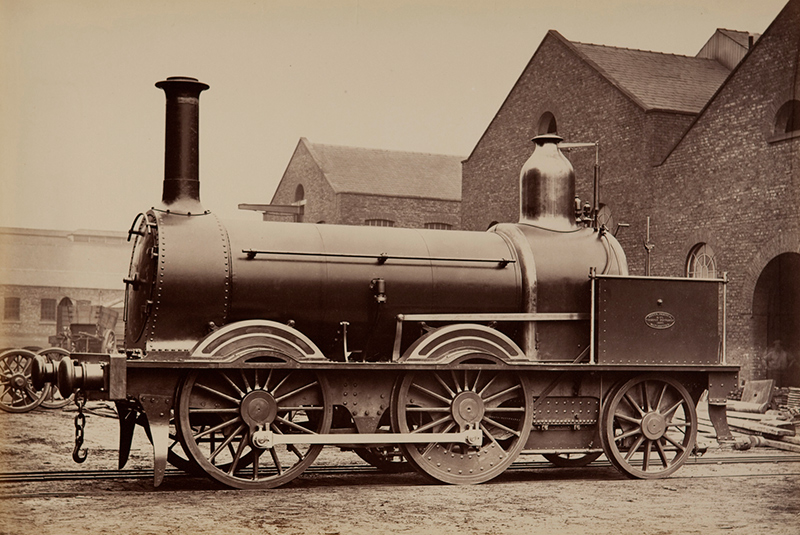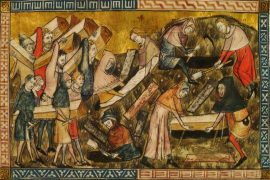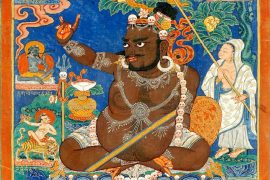What does it take to replace 24 coolies carrying 35 dozen quart bottles of liquid across the 117 kilometres between Chennai and Arcot?
The answer, in the late 1830s, was quite clearly a train. The technology was a demonstrated success in Britain, while in India, it had yet to take off. The idea for a railway was first pitched in the Madras Parliament between 1831-1833. But India’s first train, contrary to common belief, originated in the suburb of Chintadrappetah near Madras, stretching to the Red Hills stone quarries. Known as the Red Hill Rail Road, it was made in 1836 and saved the then Government of India Rs28,000 every year.
If you had a wild idea for transportation, Madras was the place to pitch it. From train-carriages powered by animals to those that ran on wind and sails; the British were looking for a better way to ferry cargo across the country.
The five-mile-long Red Hill Rail Road was initially a simple affair; animals hauled the carts carrying granite up the hill and gravity brought it back down. At some point, an Avery Steam engine was introduced – an updated form of an aeolipile or Hero’s engine’ a concept that dates to the first century BC. This engine managed to make the distance of five miles in under 11 minutes.
Copyright©Madras Courier, All Rights Reserved. You may share using our article tools. Please don't cut articles from madrascourier.com and redistribute by email, post to the web, mobile phone or social media.Please send in your feed back and comments to editor@madrascourier.com











